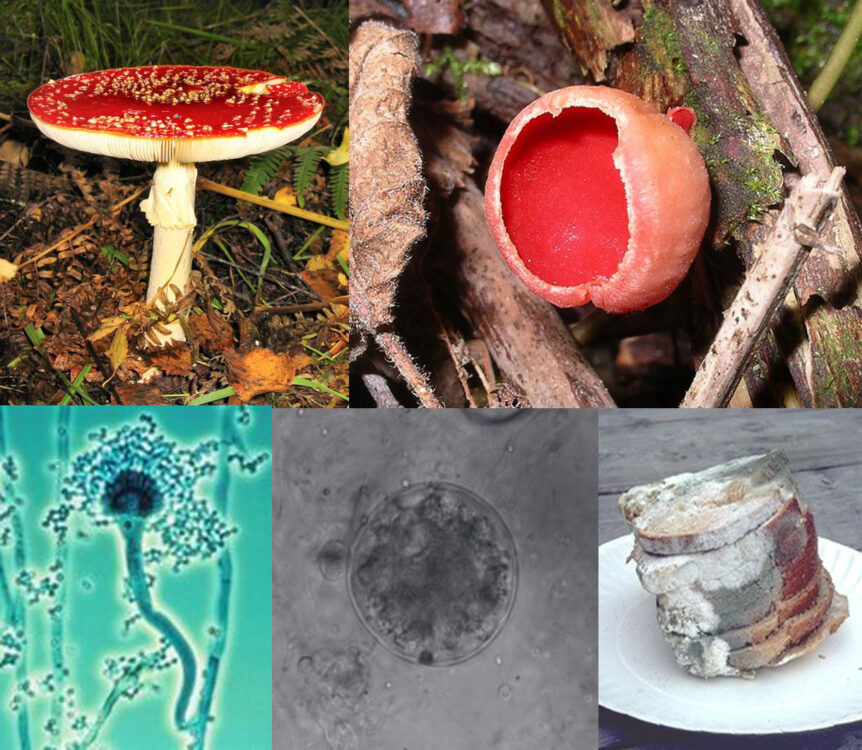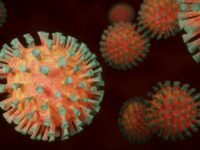In the video game and HBO hit series “The Last of Us,” an outbreak of mutated parasitic fungi devastates humanity and the modern world — a threat based on a very real organism. Ophiocordyceps, also known as “Cordyceps,” is a genus of fungi that grows on the larvae of insects, infecting the host and controlling its brain activity. The widespread genus, first scientifically described by British mycologist Tom Petch in 1931, contains about 140 species. The two most well-known species of Cordyceps, Ophiocordyceps sinensis and Ophiocordyceps unilateralis, have evoked discussion among medical mycologists for strikingly different reasons.
O. sinensis is an entomopathogenic fungus that parasitizes ghost moth larvae. Widely known in traditional Chinese medicine, O. sinensis has been shown to have effective anti-inflammatory and antioxidant properties according to research by Jin Xu, Ying Huang, and their colleagues. Furthermore, extracts and isolated compounds have demonstrated antitumor activities, inhibiting the proliferation of tumor cells and preventing the invasion of cancer cells. O. sinensis’s rarity and popularity have made it well-known among practitioners of traditional Chinese medicine, leading to its over-harvesting in the wild. During the harvesting season, thousands of locals travel to its endemic habitat in the Qinghai-Tibetan Plateau in search of wild Cordyceps. The cultivation of artificial Cordyceps by Chinese doctors and scientists significantly increased due to its high demand and over-exploitation. With its introduction into the global trade markets, medical Cordyceps has become a popular health supplement.
Large-scale cultivation of O. sinensis has only been accomplished relatively recently, after decades of trial and error. Studies indicated that most successful cultivation methods focus largely on the artificial generation of ghost moth larvae, artificial generation of O. sinensis fungal strains, and investigation into how fungal spores attack moth larvae. Efforts to raise the host moth larvae have made cultivation of O. sinensis difficult, largely due to lengthy breeding processes and the low survivability of ghost moths under artificial conditions. The successful large-scale cultivation of O. sinensis may not only alleviate the pressures of human demand but also protect the sustainable utilization of limited natural resources.
O. unilateralis is an entomopathogenic fungus commonly known as the “zombie-ant” fungus. O. unilateralis is unique in its ability to infect and kill ants through cuticle penetration. However, it is much more unnerving because while the manipulated host may appear ordinary, it has become a puppet, coerced into exhibiting fungal behavior. A foraging carpenter ant walking on the rainforest floor may become infected with microscopic spores dropped by mature Cordyceps. Upon penetrating the cuticle, the infection progresses rapidly inside the host’s body, manipulating its behavior. Two days post-infection, the ant leaves the colony and finds a leaf where humidity and temperature are optimal for fungal growth. The ant bites onto the leaf to prevent it from falling and then dies. Upon death, a large stalk begins to grow from the back of the ant’s head, followed by a release of spores from its stroma. As far as we know, Cordyceps spores do not have the ability to infect humans.
This is the main concept behind “The Last of Us.” The story begins when an outbreak of mutated Cordyceps spreads throughout the United States, transforming human hosts into aggressive creatures known as “the infected.” “The Last of Us” takes place 20 years after the initial outbreak, when civilization has been decimated by the infection, with survivors living in totalitarian quarantine zones, independent settlements, and nomadic groups. The player follows Joel, a smuggler tasked with escorting a teenage girl, Ellie, across a post-apocalyptic United States.
Many credit “The Last of Us” as one of the most scientifically accurate works of post-apocalyptic fiction. While Cordyceps is a very real fungus, the threat of Cordyceps mutating with the ability to infect humans remains uncertain. In an interview questioning the scientific accuracy of “The Last of Us,” Charissa de Bekker, a mycologist researching Ophiocordyceps, defends that the human body is so fundamentally different from an insect, that even if the fungi were able to cause a small infection it would not be sustainable. However, some medical mycologists have expressed concern about the impact that warming global temperatures may have on harmful fungi. Mycologists Norman van Rhijn and Michael Bromley suggested in a recent study that the geographic footprint of endemic fungi could expand as they adapt to higher global temperatures. If their optimal temperature approaches our regular body temperature, fungal infections may pose a problem for global human health.
Image courtesy of Wikimedia Commons



